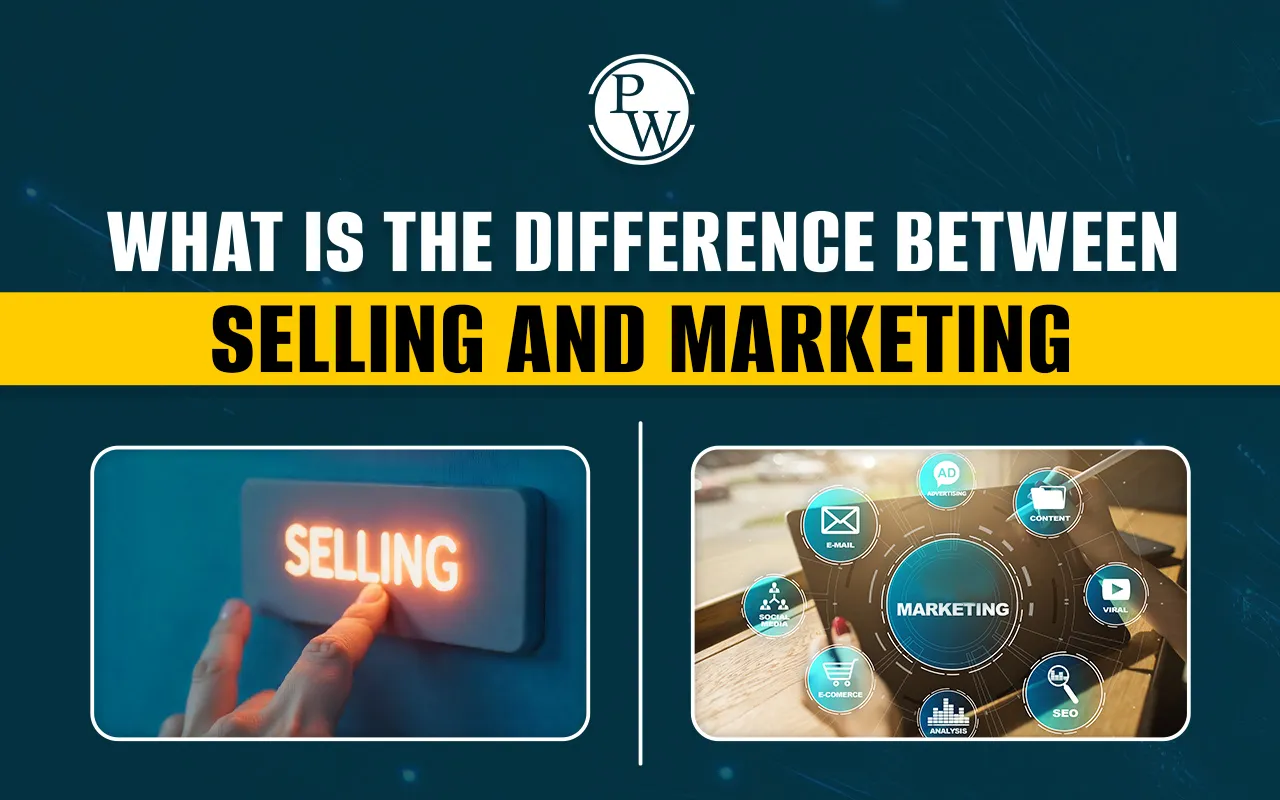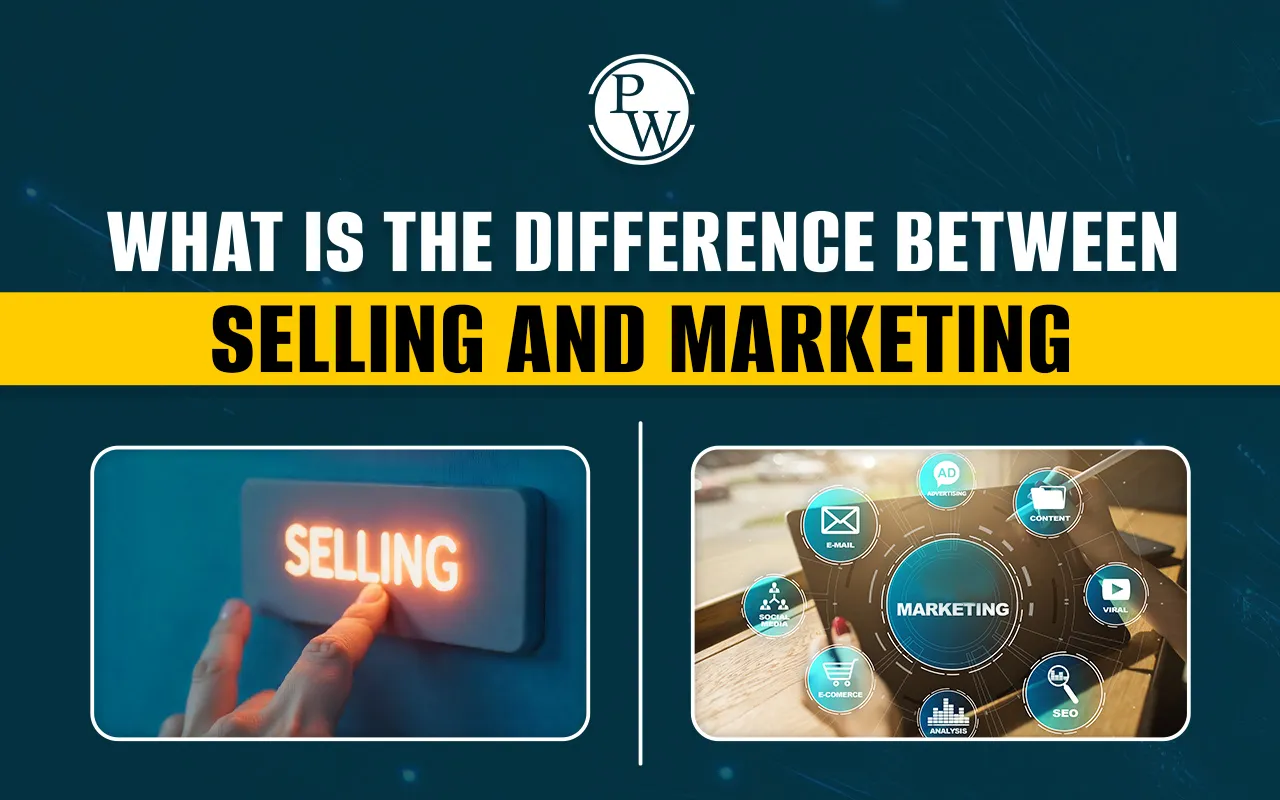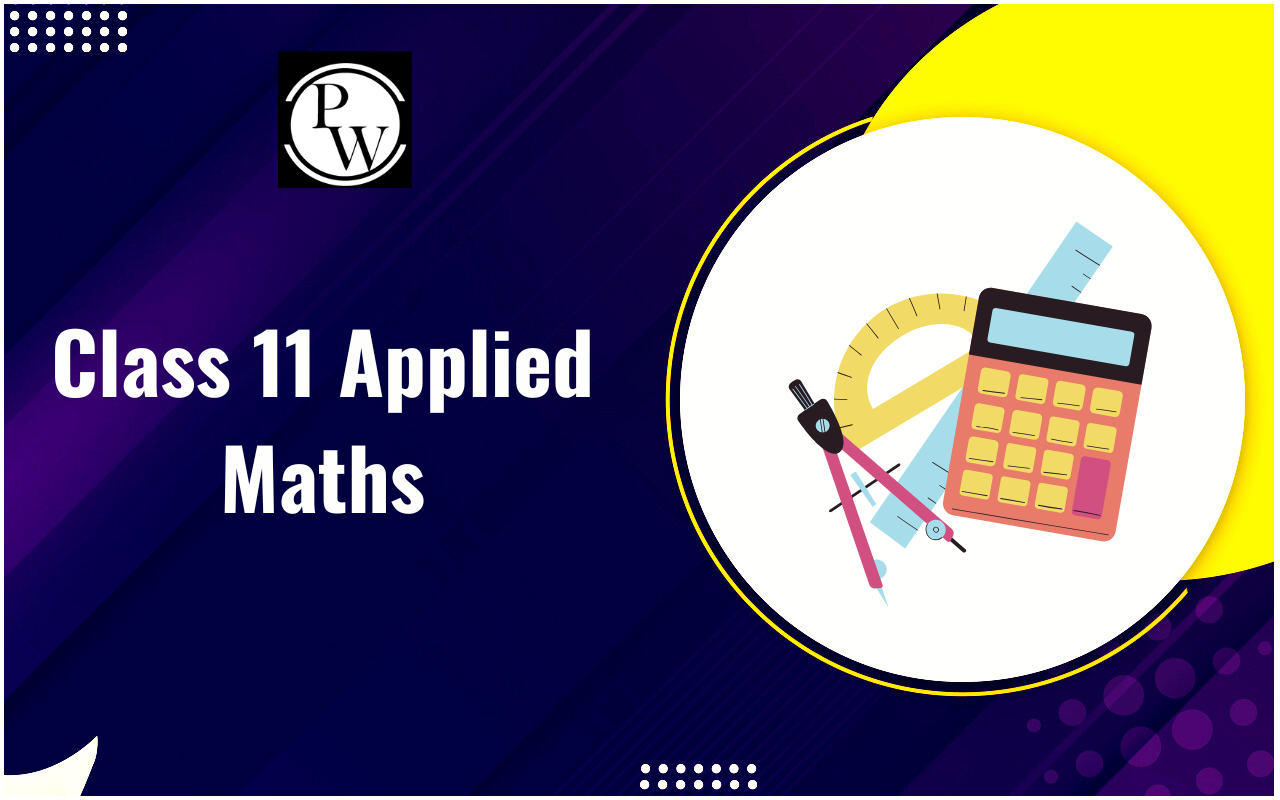
Marketing and Selling Difference: In business, two terms that often create confusion are selling and marketing. Both are related but are not the same. Selling is focused on pushing products to customers, while marketing is about understanding customer needs and creating value. To understand clearly, let us go through both concepts and then highlight the marketing and selling differences in detail.
What is Selling?
Selling is the process of transferring goods and services from the company to the customer. In this process, the main goal is to convert products into money. The seller aims to persuade customers to buy what has already been produced. The main goal of selling is short-term. It is about achieving sales targets and moving stock. In this process, customer satisfaction may not be the main concern. Instead, the seller tries to convince the customer to purchase, sometimes even aggressively. Selling is a narrow activity because it only focuses on exchange.
What is Marketing?
Marketing is a broader concept. It focuses on finding out what the customer needs and then creating products or services to satisfy those needs. It includes planning, pricing, promotion, distribution, and feedback from customers. Unlike selling, marketing takes a long-term approach. It is customer-focused and builds a relationship with buyers. Marketing ensures that the business grows by keeping customers happy and loyal.
The main goal of marketing is long-term growth. It focuses on building strong relationships with customers. Instead of forcing products, marketing pulls customers by offering them value. In simple words, marketing is about satisfying needs, while selling is about pushing products.
Marketing And Selling Difference
The marketing and selling difference can be explained in simple words. Selling is about pushing products, while marketing is about pulling customers by providing what they need. Selling starts from the factory, while marketing begins from the market. Below, we’ve mentioned the marketing and selling differences:
| Marketing and Selling Differences | ||
| Aspect | Selling | Marketing |
| Definition | Focuses on converting goods into money. | Focuses on identifying and satisfying customer needs. |
| Starting Point | Factory | Marketplace |
| Focus | Product | Customer needs |
| Approach | Inside-out (company to market) | Outside-in (market to company) |
| Time Orientation | Short-term | Long-term |
| Goal | Increase sales volume | Achieve customer satisfaction and loyalty |
| Price Determination | Based on the cost of production | Based on market demand |
| Orientation | Profit through sales | Profit through customer satisfaction |
Types of Selling
Selling is not the same everywhere. It happens in different ways depending on the situation. Below, we’ve mentioned the types of selling:
-
Aggressive Selling: The salesperson tries hard to sell in one meeting without focusing on the customer's needs.
-
Consultative Selling: The seller builds trust and forms a long-term relationship with the customer.
-
Need-Oriented Selling: The seller observes customers and asks questions to find out their needs.
-
Product-Oriented Selling: The focus is on the product’s features and benefits, often with demonstrations.
-
Competition-Oriented Selling: The seller always tries to stay ahead of competitors and convince customers strongly.
Types of Marketing
Marketing is also of different types, depending on how companies interact with customers. Below, we’ve mentioned the types of marketing:
-
Relationship Marketing: Focuses on long-term customer relationships and loyalty.
-
Word of Mouth: Customers themselves promote the product by sharing their experiences with others.
-
Digital Marketing: Marketing done through the internet using social media, websites, and search engines.
-
Paid Advertising: Includes television ads, radio promotions, print ads, and billboards.
-
Cause Marketing: Companies link their products or services with a social cause to connect with people emotionally.
Importance of Selling in Business
Selling plays an important role in generating revenue and sustaining business operations. Below, we’ve mentioned the importance of selling in business:
-
Personal Meetings: Direct conversations build confidence and clarity.
-
Immediate Feedback: Helps companies understand customer reactions quickly.
-
Customer Loyalty: Continuous interaction leads to repeat purchases.
-
Revenue Generation: Provides the company with funds for operations and growth.
Importance of Marketing in Business
Marketing is equally important as it ensures that a business understands its customers and builds long-term relationships. Below, we’ve mentioned the importance of marketing in business:
-
Brand Awareness: It creates recognition and trust for the product or service.
-
Sales Growth: Helps in reaching more customers and boosting sales.
-
Cost and Time Efficiency: Especially with digital marketing, businesses can reach large audiences at lower costs.
-
Sustainability: Keeps businesses relevant in the long run by adapting to consumer needs.
Example of Marketing and Selling
To understand better, below, we’ve mentioned a simple example:
-
Selling Example: A salesperson goes door-to-door and tries to sell kitchen appliances by highlighting discounts. The focus is on immediate sales.
-
Marketing Example: A company studies customer needs for modern kitchen appliances, advertises online, sets a reasonable price, and ensures after-sales service. The focus is on customer satisfaction and long-term trust.
The marketing and selling difference lies in their approach and goals. Selling focuses on pushing products, while marketing focuses on customer needs. Selling is short-term, while marketing is long-term. Both are important, but marketing drives overall growth and builds relationships. Businesses that understand the marketing and selling differences can balance both to succeed in the competitive market.
Marketing and Selling Difference FAQs
What is the main difference between selling and marketing?
Is it selling short-term or long-term?
Why is marketing considered broader than selling?
Can you give a simple example of selling and marketing?
Why are both marketing and selling important for a business?














